
Editor’s Note: The Top of the Morning staff is pleased to introduce the first in a four part series on the Language of Nephi and its influence on the rise of an Ancient New World civilization. We’re also happy to be back after a three week hiatus. Top of the Morning went private after we decided that maintaining our beloved blog required far too many resources in research and writing time for such a small audience. However, due to communications received from previously unknown readers, we’ve decided to return to the blogosphere on a provisional basis. Please let us know you’re reading by leaving a comment, signing up as a follower, or by telling your friends about Top of the Morning so we don’t make the same mistake again.
What exactly was the Language of Nephi? A spoken tongue from an oral tradition? A written language? Did it adhere to the modern dictionary
 definition of a systematic means of communicating ideas or feelings by the use of conventionalized signs or was it something completely different? Was it like modern English or Spanish or French where each written letter represents a sound in the spoken tongue? Or was it more like the flowing, artistic Chinese logographic characters with no connection to the sound in the oral language? How was the Language of Nephi related to the reformed Egyptian characters Moroni tells us were passed down and altered over the centuries? (Mormon 9:32)
definition of a systematic means of communicating ideas or feelings by the use of conventionalized signs or was it something completely different? Was it like modern English or Spanish or French where each written letter represents a sound in the spoken tongue? Or was it more like the flowing, artistic Chinese logographic characters with no connection to the sound in the oral language? How was the Language of Nephi related to the reformed Egyptian characters Moroni tells us were passed down and altered over the centuries? (Mormon 9:32) Nephi tells us he made his record in the learning of the Jews and the language of the Egyptians. What did he mean? He spoke Hebrew in Jerusalem's market place and over the dinner table with his brothers and sisters. He spoke it traveling the trade route across Arabia and in the New World. Despite the possibility that he may have learned one of the many dialects of the four major Mayan languages spoken across Meso America, he likely continued speaking Hebrew throughout the remainder of his life.
When Nephi mentioned the learning of the Jews in the opening verses of the Book of Mormon (1 Nephi 1:2) he was likely referring to all things Jewish. Religious observances. Belief. Home schooling. Private education. Merchant trade. Theft. Perfumes. The Laws of Moses. Robber bands. Weaving. Music. Agriculture. Olive harvest. Wine harvest. Grain harvest. Robbery. Prophets. Architecture. Dancing. Blacksmithing. Bartering. Conspiracy. Prophecy. Carpentry. Sorcery. Milling. Baking. Corruption. Money changing. Taxation. Military tactics. Graft. Financial loans. War. The collection of debt. The fishing industry. Stone cutting. Government opression. Irrigation. Soothsaying. Reading. Writing. And arithmetic. In essence, the depth and breadth of Jewish ways. The learning of the Jews was what today we would likely call ancient Jewish culture.
Nephi grew up in Jerusalem. He observed the performances and ordinances of a people living under the rule of the Law of Moses. He understood their traditions. He celebrated the Passover and the harvest feasts. The metaphorical symbolism of their holy days was as natural to him as drinking water from Jerusalem’s ghion spring. Shepherds herding sheep were a common sight. Listening to temple priests reading the law from the steps of the temple was required religious education. He likely heard the shofar horns at the temple and knew the aroma of frankincense sold in the market. He'd felt the dry heat of a Jerusalem summer and the taste of oil olive cultivated and pressed in the surrounding vineyards. All of this was part of the learning of the Jews. And from those experiences he understood the metaphors and poetry of Isaiah. It isn't surprising that Nephi insisted that an intimate knowledge of all things Jewish was necessary to understand the writings of Isaiah (2 Nephi 25:5). He'd seen with his own eyes the things of the Jews. He understood the writings of the prophets in a way his Meso American children, unfamiliar with Jewish culture, could not. It was a carefull balancing act. Nephi wanted his children to understand Isaiah, but he was careful to hold back cultural knowledge he believed had the potential to introduce the sins that contributed to the destruction of the Jews. Nephi understood the need for cultural awareness in order to fully understand the writings of the prophets in the same way that Meso American linguist Sir Eric Thompson understood how best to interpret Mayan writings. According to Thompson the reader, "had to have a good background in mythology and folklore to understand the texts."
A number of Hebrew linguistic patterns have been identified in the translation of the Book of Mormon text including the transliteration (the preservation of pronunciation of a word during translation) of Book of Mormon names from their original form into English. Mayan linguist Dr. David H. Kelley of the University of Calgary believes he's identified the first Hebrew words adopted into the Mayan dialect and preserved in the names of three of the twenty days making up a Mayan month. One of the day names on the Mayan calendar is k, pronounced k-eh, which means hand. The Mayan glyph used to communicate the name is the picture of a hand and it corresponds to the Hebrew letter k pronounced kaph which also means hand in Hebrew. The very next letter in the Hebrew alphabet is lamed and the next day on the Mayan calendar is lamat. The Mayan day immediately following lamat is mulu which means water and the next letter in the Hebrew alphabet after lamed just happens to be mem which also means water. It is a sequence of three Mayan days which correspond to three sequential letters in the Hebrew alphabet.
Despite this evidence and other influences of ancient Hebrew words and grammar on the Mayan language, there continues to be no evidence of Egyptian in any Mayan word or linguistic pattern. Or is there? Nephi thought in the conceptual framework of an Israelite from an authentically Jewish culture. He normally spoke and wrote in Hebrew and there is little doubt that he kept his records, at least conceptually, in Hebrew. So what did Nephi mean when he said he wrote his record in the language of the Egyptians? Centuries later Moroni essentially reaffirmed Nephi's statement when he wrote that, "we have written this record according to our knowledge, in the characters which are called among us the reformed Egyptian, being handed down and altered by us, according to our manner of speech" (Mormon 9:32). It seems rather confusing unless you understand exactly what was meant by the Language of the Egyptians. Its a complex puzzle that researchers are finally unraveling and a more complete mosaic authentically places the Book of Mormon into its ancient New World setting.
Join us next week for Part II of this series, the Language of Nephi, when we take a closer look at the Language of the Egyptians and how it may have influenced Mayan
 writing like the glyphs you see pictured above which had their beginnings around 550 BC near the likely location of the City of Nephi. Today the ruins, burried underground and pictured to the right (click to enlarge), are known as Kaminal Juyu and the language that disseminated from this location was the civilizing force that catapulted Mayan culture into the most advanced civilization of the ancient New World. Is it possible that the Language of Nephi influenced the only ancient American culture betwen Alaska and Tierra Del Fuego to develop a written language? Join us for our next weekly logographic post as we decipher the Language of Nephi.
writing like the glyphs you see pictured above which had their beginnings around 550 BC near the likely location of the City of Nephi. Today the ruins, burried underground and pictured to the right (click to enlarge), are known as Kaminal Juyu and the language that disseminated from this location was the civilizing force that catapulted Mayan culture into the most advanced civilization of the ancient New World. Is it possible that the Language of Nephi influenced the only ancient American culture betwen Alaska and Tierra Del Fuego to develop a written language? Join us for our next weekly logographic post as we decipher the Language of Nephi.__________________________
Join author David G. Woolley at his Promised Land Website.

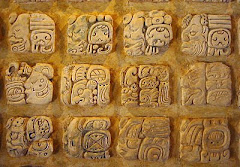




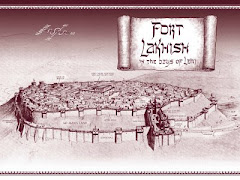



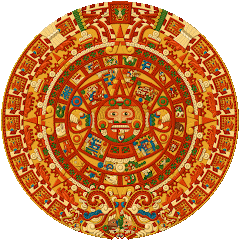

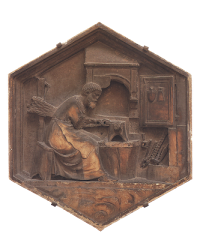

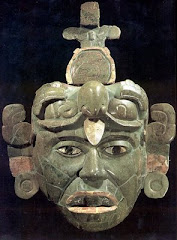


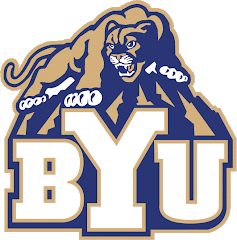
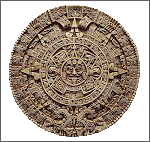

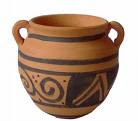
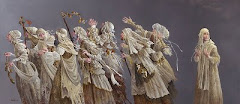




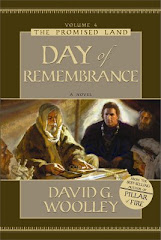



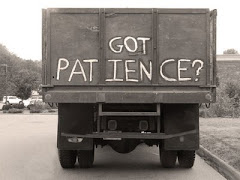
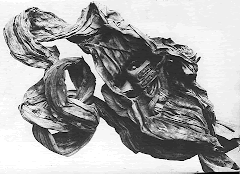




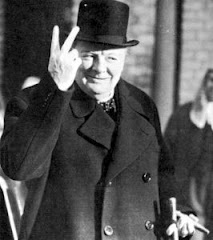
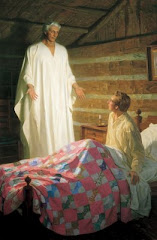


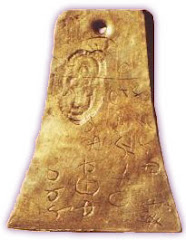


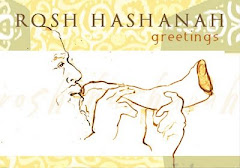


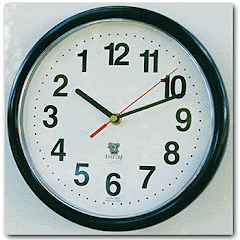

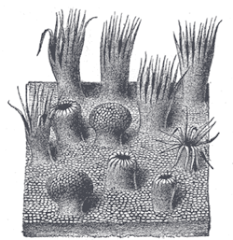
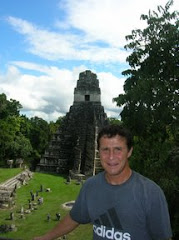


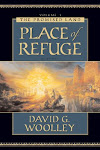
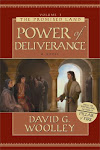

7 comments:
:)
:) ?
:) logographic meaning I am happy to welcome back a friend. Surely you have seen them before?
I am going to take some time to formulate my response to the post because I am having a hard time articulating what I am thinking.
Well put, Sandra! :) You have been missed, Dave. Glad to see you back!
Language is an interesting thing. No matter how it was originally written, I read it in English. I forget that the scriptures are translated, and because of that i miss a lot of nuances and meanings.
I want to thank you for the time and effort you take to research and write for us. I learn so much from you.
This is my first visit to your blog. Thanks for exposing me to ideas I would have never supposed and doing it in such a way that I can understand.
My wish for you: that one day you get to see and handle the plates, heft them, turn the pages, and run your finger across some reformed Egyptian...
Thank you so much for your willingness to teach and share your wealth of knowledge. Your writings and visuals add levels of understanding to both the culture practices and the religious principles in the Book of Mormon. I appreciate the visuals. They are new to me. To read the facts and your reflections, then to see the illustrations is "to feast upon the word".
Post a Comment